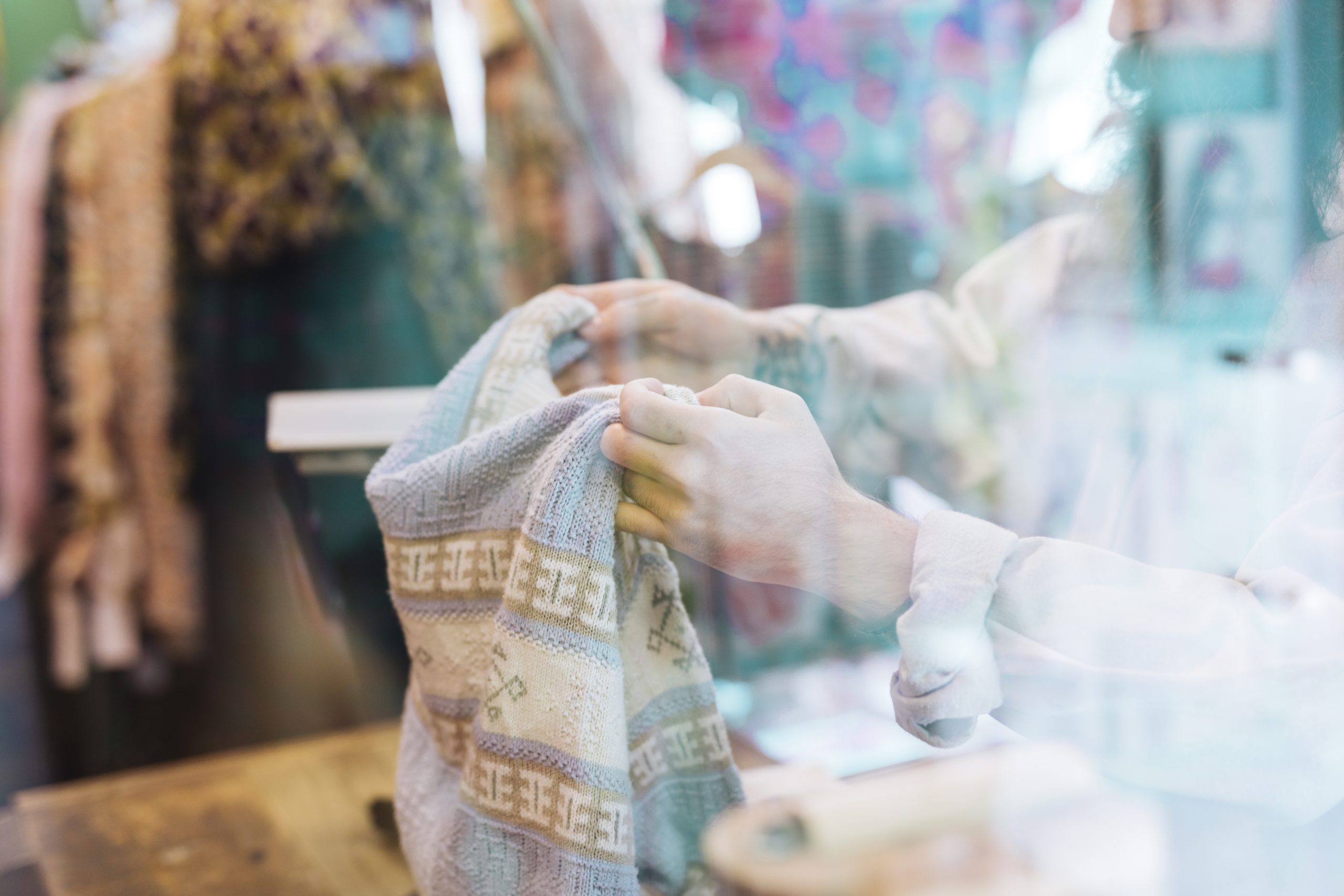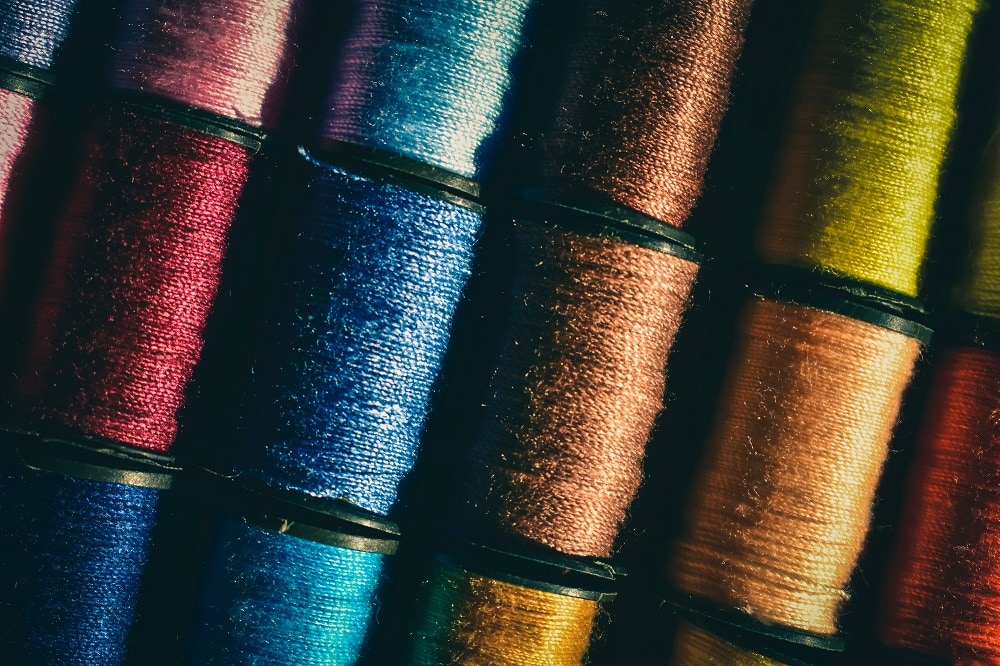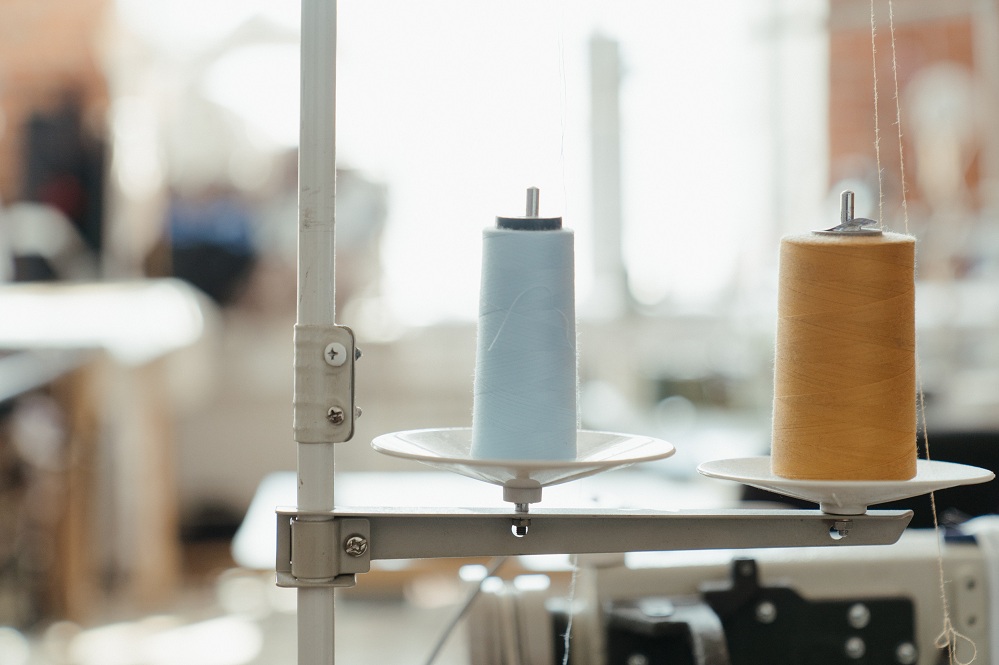
The global textile market is entering a transformative era. Moreover, it is the time when innovation, sustainability, and evolving consumer expectations are driving rapid changes. As we are towards the end of 2025, the textile industry is expected to see significant shifts in production methods, sourcing strategies, and market demands. Below are the key trends that are shaping the future of the global textile landscape.
Global Textile Market 2025 Trends
Sustainability Becomes Standard
Sustainability is no longer a niche concern—it’s becoming a market expectation. In 2025, more textile manufacturers and brands are integrating eco-conscious practices into every stage of the supply chain. From organic and recycled fibres to waterless dyeing technologies, the focus is on reducing environmental impact. Buyers are prioritizing suppliers who offer transparency and traceability, making certifications like GOTS, OEKO-TEX, and more that are essential for global competitiveness.
Circular Economy Models on the Rise
With increasing awareness about textile waste, circular economy models are gaining traction. This includes recycling post-consumer textiles, designing for durability, and creating closed-loop systems where old garments are transformed into new fabrics. Textile players are investing in infrastructure that supports fibre-to-fibre recycling, helping reduce dependency on virgin raw materials and minimize landfill waste.
Digitalization and Smart Manufacturing
Digital transformation is accelerating across the textile sector. In 2025, smart factories equipped with AI-driven quality checks, and automated production lines are becoming more common. This not only improves efficiency and reduces human error but also enables real-time data analytics for better decision-making. Digital textile printing is also expanding, allowing for more flexible, on-demand production with lower water and chemical usage.
Growing Demand for Functional and Technical Textiles
Beyond aesthetics, functionality is becoming a core feature in textiles. There’s a growing demand for fabrics with antimicrobial, UV-resistant, and flame-retardant properties—especially in healthcare, sportswear, and defense sectors. In 2025, innovation in textile chemistry and nanotechnology is pushing boundaries, creating fabrics that can adapt to temperature, change colour, or even generate energy.
Localized Supply Chains
Geopolitical tensions, rising freight costs, and supply chain disruptions over the past few years have driven companies to reconsider their sourcing strategies. In 2025, reshoring and nearshoring are on the rise as brands look to shorten lead times, reduce risk, and maintain greater control over quality. This is leading to the growth of regional textile hubs and increased investment in localized manufacturing technologies.
Personalization and Small-Batch Production
Consumer preferences are shifting toward personalization and exclusivity. Brands are leveraging digital platforms and mass customization techniques to meet this demand. With advances in 3D knitting, digital printing, and AI-based design software, small-batch, made-to-order production is becoming viable at scale, minimizing overproduction and inventory waste.
Conclusion
The textile industry in 2025 is marked by dynamic change, driven by sustainability, innovation, and consumer empowerment. Companies that embrace digital tools, invest in sustainable practices, and remain agile in their supply chain strategies will be best positioned to lead in this evolving global market. As the fabric of the industry continues to change, adaptability remains the key thread connecting opportunity and growth.



